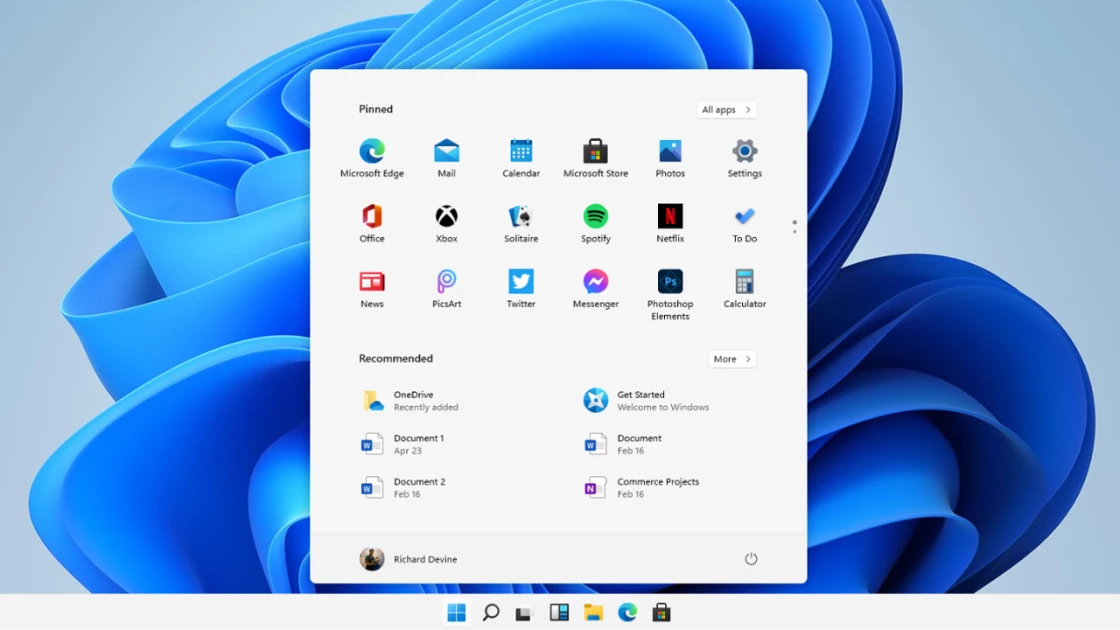
Testimony of Governor Powell V Senate It leaves no doubt: we must prepare for higher interest rates. Markets usually don’t like that!
Yesterday in the presence of its leader US Federal Reserve Bank (fed) Jay Powell To the US Senate Banking Committee was the first of a series of events in March that markets are eagerly awaiting.
This will be followed by announcements on the state of the labor market in February (the day after tomorrow Friday) and the level of inflation in February (next Tuesday), which will give us a clear picture of the many economic issues that affect. decisions feed it and other central banks.
Finally, on the 22nd of the month, we will find out how much of a new increase in benchmark interest rates the Federal Reserve will decide, revised, based on the latest economic data, US central bank analysts’ forecasts for the path of the economy and Federal Reserve Committee members’ estimates – also revised – for the path of interest rates during Next years.
Contents of Jay Powell’s speech to members of its committee Senate He sent a very clear message to US lawmakers and of course the markets and investors. If the upcoming labor market and inflation announcements are not materially different from last month, the Fed will accelerate the pace of rate hikes, and rates will reach much higher than markets expected by the end of January and stay there for a much longer period of time. .
We remind you that in February we learned that economic activity in January in the United States was stronger than expected, that many more new jobs were created than we expected and that inflation showed resilience.
At the outset, Jay Powell was clear: He said that stronger-than-expected economic data for January showed that the final level of benchmark interest rates was likely to be revised upwards. He added that if the overall economic data shows that a faster rate hike is needed, the relevant FOMC would be willing to do so.
He concluded by saying that achieving price stability (i.e. taming inflation) will likely require implementation of a restrictive monetary policy for a long period of time. As aptly noted BarronThe governor’s opening statement made it clear that the US central bank is on high alert after the very strong economic data for January.
The governor noted that the Fed’s near-term moves will depend largely on the next few days’ announcements on inflation and the labor market. He didn’t leave much room, however, noting that the data so far shows the economy is “warmer” than he and his Fed colleagues would like.
If inflation announcements do not show a significant slowdown in the services sector, except for services related to energy and housing costs, and labor market announcements show no relative weakness, then an acceleration in the rate of interest rate inflation should be considered very likely, an approximation given.
Only progress in these two areas will satisfy Fed officials. Otherwise, they will judge that their actions so far are not enough to fight inflation and will “interfer with gas”.
Derivatives markets seem to have gotten the message and immediately changed their estimates of the Fed’s impending moves. Whereas as of yesterday afternoon, they were giving a 75% chance of a 0.25% rate hike on March 22nd, right after Governor Powell’s speech, they made a sharp turn to give a much higher chance of a 0.50% rate hike. We remind you that at the moment they are in the region of 4.50% – 4.75%.
But apart from that, they’ve also obviously changed their estimates of where benchmark rates will be later in 2023. They now offer a very high chance, well over 50%, that rates will rise above 5.50% sometime in the summer and show up. So they consider it very possible to stay there until the end of the year. As for when the reversal will begin, hopes have been pushed back to early 2024.
Of course, all of these investor estimates could change again in the coming days, depending on what we hear about inflation and the labor market. If data to be released confirms January’s indicators, it is very likely that we will see market estimates for the path of interest rates rise even higher. If they were surprised towards the weaker one, we would see the opposite.
Of course, our biggest concern is how all this will affect the stock and bond markets. The first signs betray investors’ fears, but they never reach a point approaching panic. The US stock market witnessed a significant decline in yesterday’s session, as the S&P 500 lost steam. Yields on interest-bearing and short-term government bonds rose sharply, after an upward revision of estimates for the path of benchmark interest rates.
In contrast, the 10-year US Treasury moved tepidly, with yields rising slightly and remaining below 4%. The reaction was felt in the foreign exchange market, where the US dollar rose more than 1% against major “western” currencies. Reactions in the commodity markets were also notable with crude oil losing nearly 4%, copper down nearly 3%, and precious metals down from 2% (gold) to 5% (silver).
These first reactions are completely reasonable. Rising interest rates make dollar-denominated bank deposits and short-term US government debt more attractive. This makes things difficult for almost all other assets: the position of precious metals becomes even more harmful because they offer no return.
Energy commodities and industrial metals are concerned about the impact of tightening monetary policy on economic growth. Corporate bonds are seeing increasing competition from government bonds and are troubled by rising borrowing costs. Corporate stocks take some solace in the fact that the economy is holding up so well, but worry about how damaging higher interest rates could be to the economy and its earnings.
All this does not necessarily mean that yesterday’s negative reactions will continue in the days to come. But if the news out on Friday and Tuesday from the labor market and inflation (particularly service inflation) is what Governor Powell fears, the odds of the situation worsening will increase significantly. In any case, as we usually say, the market will solve our questions itself, sooner or later.

“Avid problem solver. Extreme social media junkie. Beer buff. Coffee guru. Internet geek. Travel ninja.”





More Stories
Which brands have not sold a single new car in Greece?
The unknown trick – for just 1 euro you can make your car's windshield look like new
Two groups lay down “secret” rocket fuel.